Coffee Origin Trip to Costa Rica
Luis Alvarez, one of our Coffee Quality Consultants, recently travelled to Costa Rica in a quest to find amazing coffee and to meet some of the incredible people who are part of the Cooperatives that we work with. In this blog series, he tells us about some of his experiences on the trip.
During the adventures of our trip, we found ourselves in the region of Tarrazu, specifically in San Marcos de Tarrazu. This area is arguably the most recognised coffee producing region in the country. With nearly 5000 members, Coope Tarrazu not only gathers coffee producers, but they also diversify their source of income with sugar cane, tropical fruits and more. In the town of San Marcos, they have supermarkets, petrol stations, a bank, a hardware store and a small café.
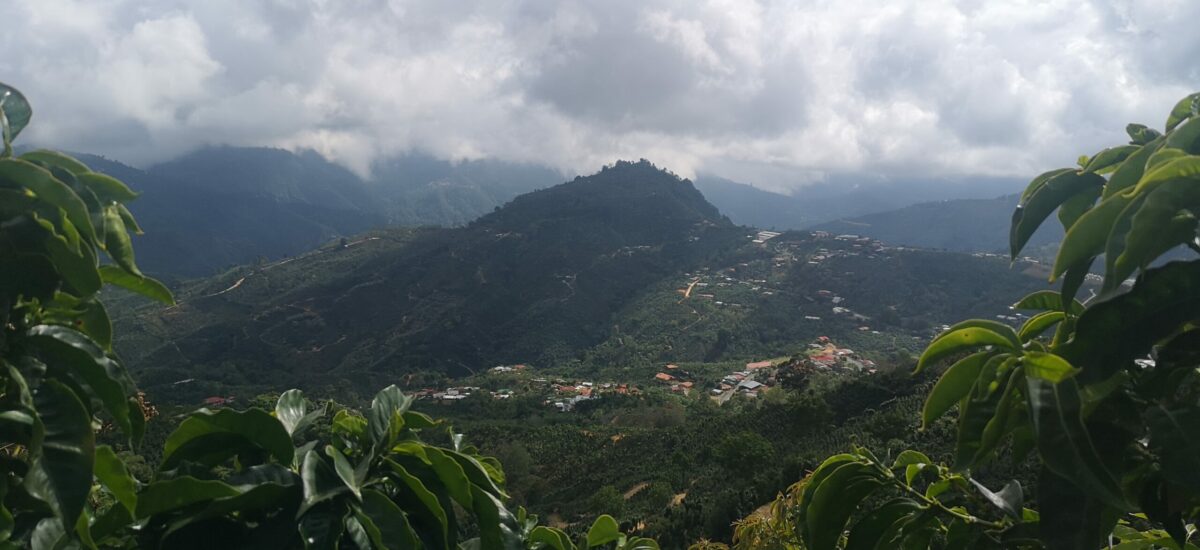
We went to Coope Tarrazu HQ where we met Sebastian (broker and consultant), Fabian (Commercial Manager) and Don Carlos (General Manager). A very detailed presentation about the cooperative followed and later we were treated to a lovely tropical fruit salad.
Just a short drive out of San Marcos we visited the main Coope Tarrazu Farm and there we met Paul, who oversees the area where new varieties are being grown. They experiment with different varieties in order to grow healthy coffee plants, which are resistant to climate change and disease. In this area, they also have the facilities to treat the coffee pulp or cascara with the intention of generating organic compost which is later given to the farmers. Some of the water used in the mill is used for irrigation or green areas around the farm. The cascara comes here while it is still fresh, then it takes up to 12 weeks for it to become organic fertilizer.
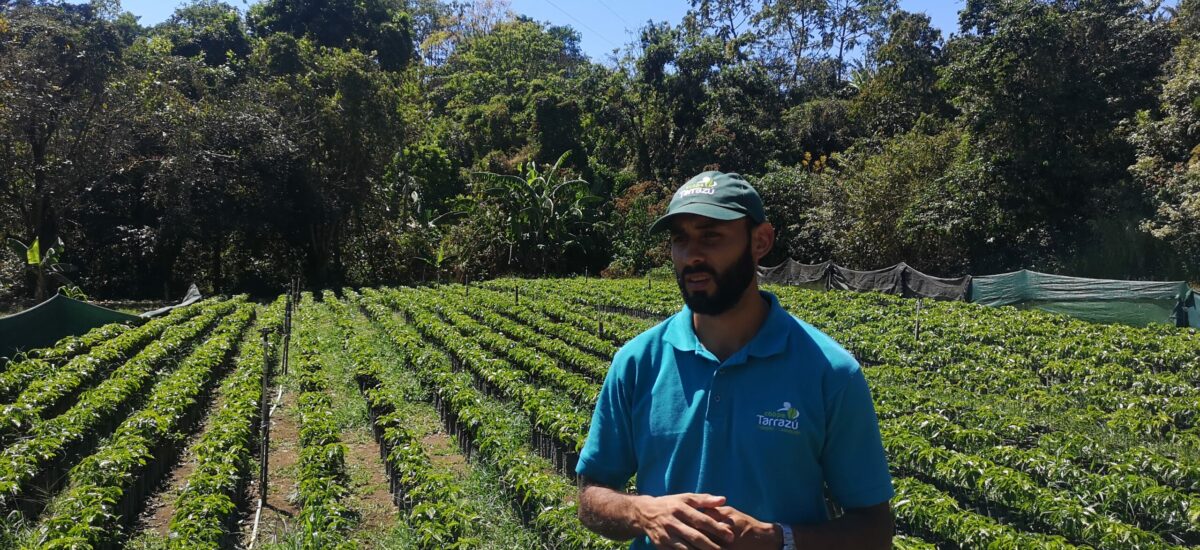
Visiting their laboratory, we were able to taste some of Tarrazu’s best coffee. The baristas from the cooperative organised a cupping session with almost 20 different coffees, but the most interesting part came afterwards when we got back on the road to visit the different regions where each coffee we tasted came from. From Canet to San Lorenzo and La Trinidad, each small community has its charm. Most of them are small villages with a few houses, a church, a school and some sports facilities. Coope Tarrazu is present in the everyday life of each community, from support to the local school to help with healthcare.
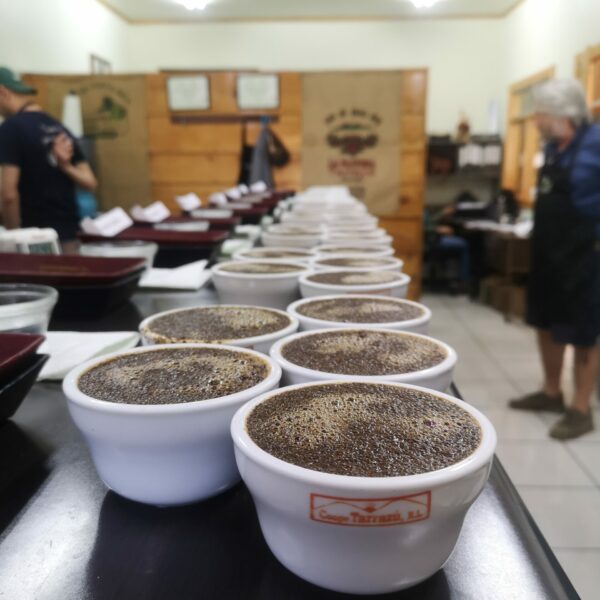
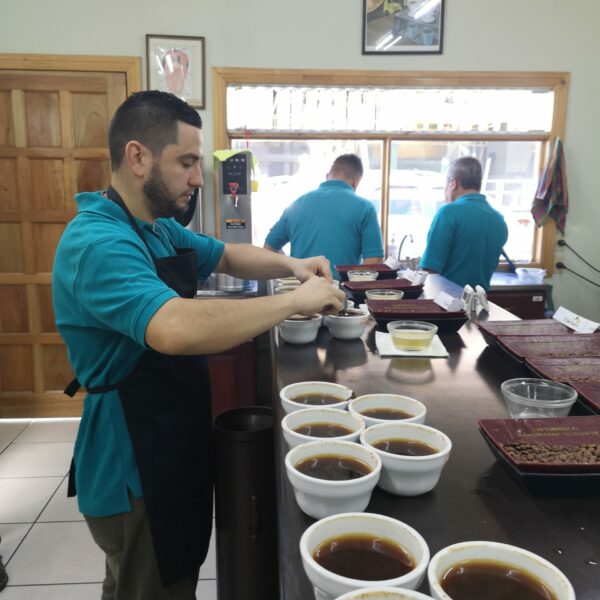
During our last day with Coope Tarrazu, we stayed late to see the Mill in operation. This is the place where all the coffee cherries picked during the day arrive to be processed. The amount of work happening overnight is massive! The cherries arrive directly from the farms or from receiving stations. Each farmer/collector gets a voucher with information about the amount of coffee they’re delivering (with this voucher they’ll get paid).
Then the cherries are sorted, meaning the unripe will be separated from the ripe ones before they are de-pulped. One of the most interesting moments happens here when the mucilage is removed by centrifugal machines at a very high speed. This removes the traditional fermentation tanks for a washed process and makes the entire chain more efficient and sustainable. Once the mucilage is removed, the beans are transported to the Dry Mill, where massive rotating drums will reduce the moisture content to almost 10%. Finally, the parchment is removed by the hulling machine and the green coffee is packed in hessian sacks.
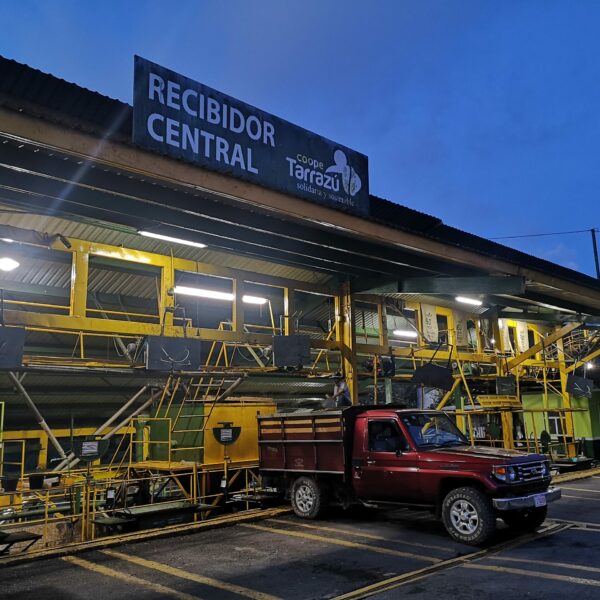
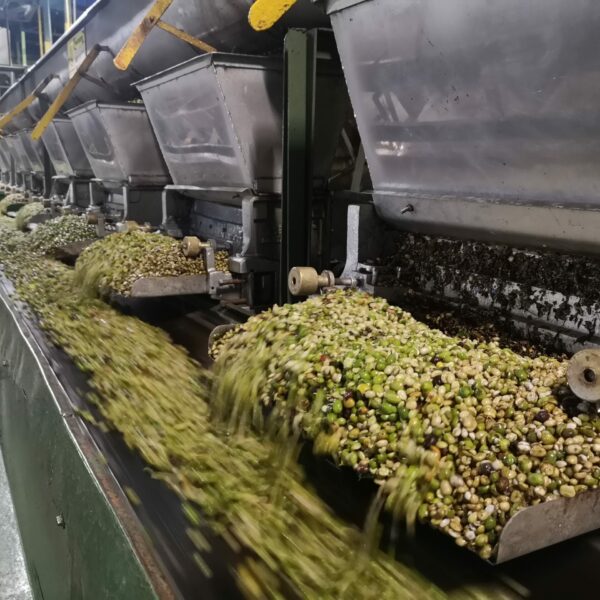
Coope Tarrazu is a certified Carbon Neutral, they have different social initiatives and they stimulate the participation of women within the coffee industry. This was the biggest coffee facility I have ever seen and made me realise that there’s still a lot to learn for those at the end of the coffee chain, including me.
Read More about our Costa Rica trip here
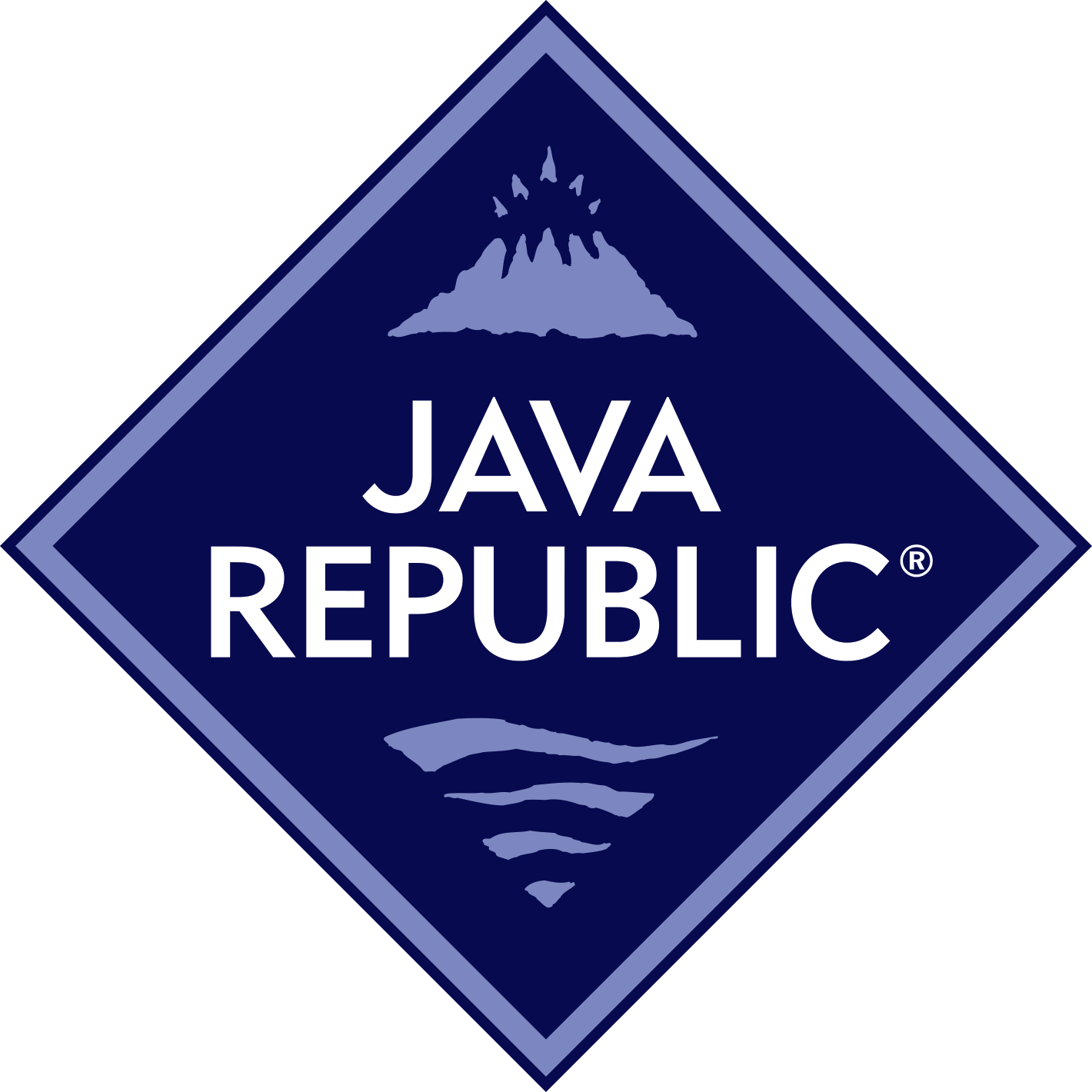
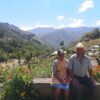
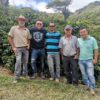
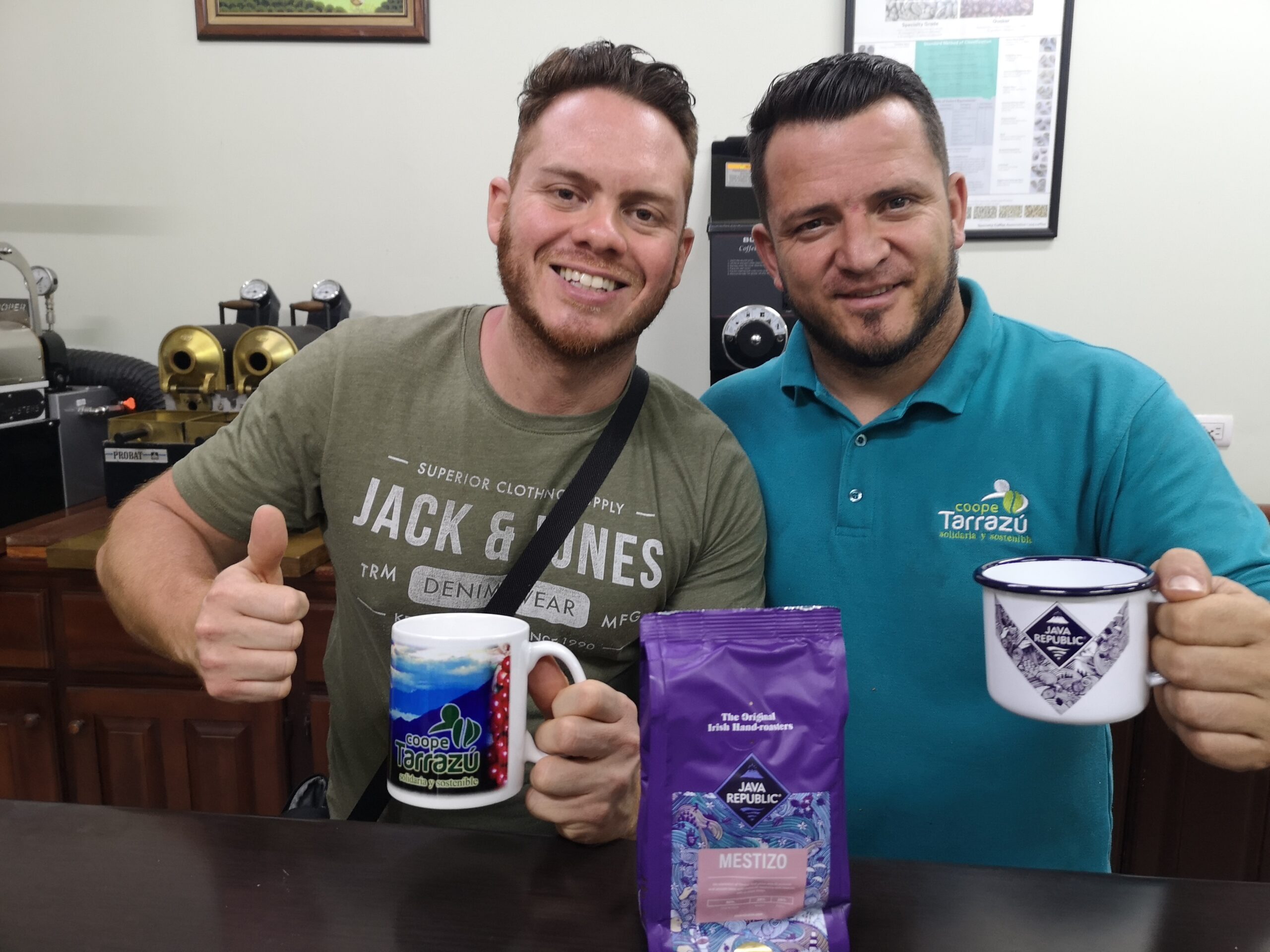
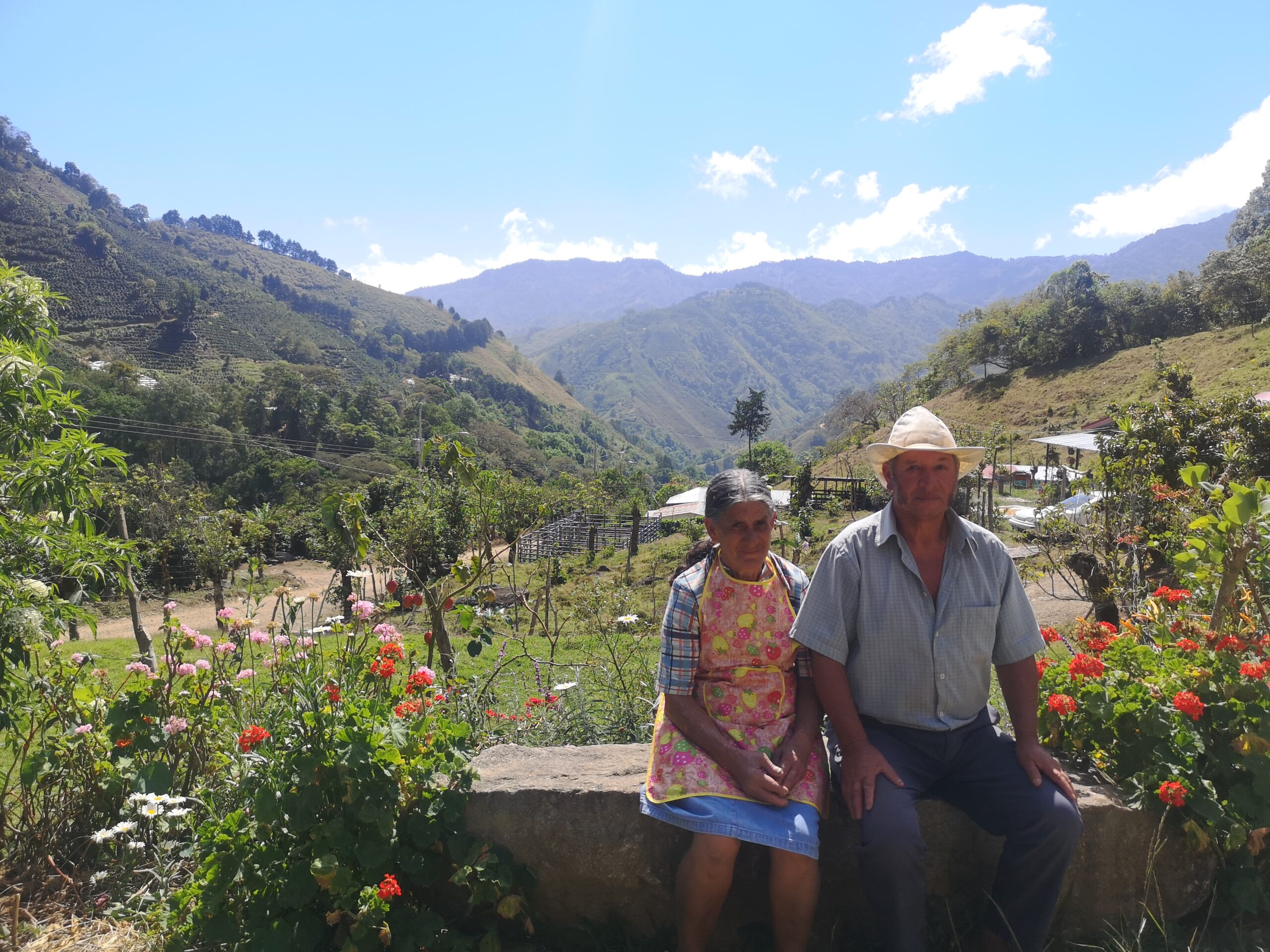
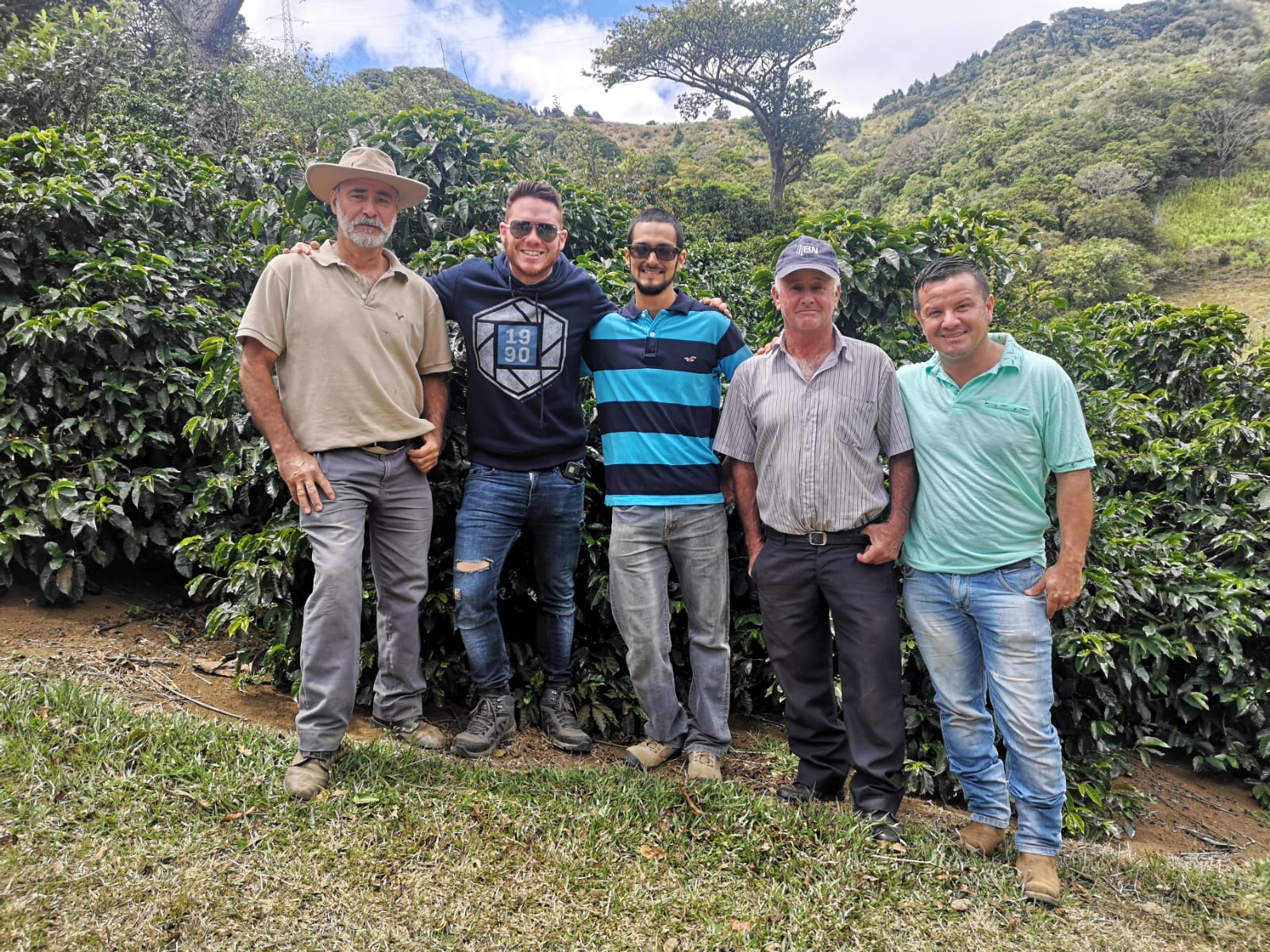
You must be logged in to post a comment.